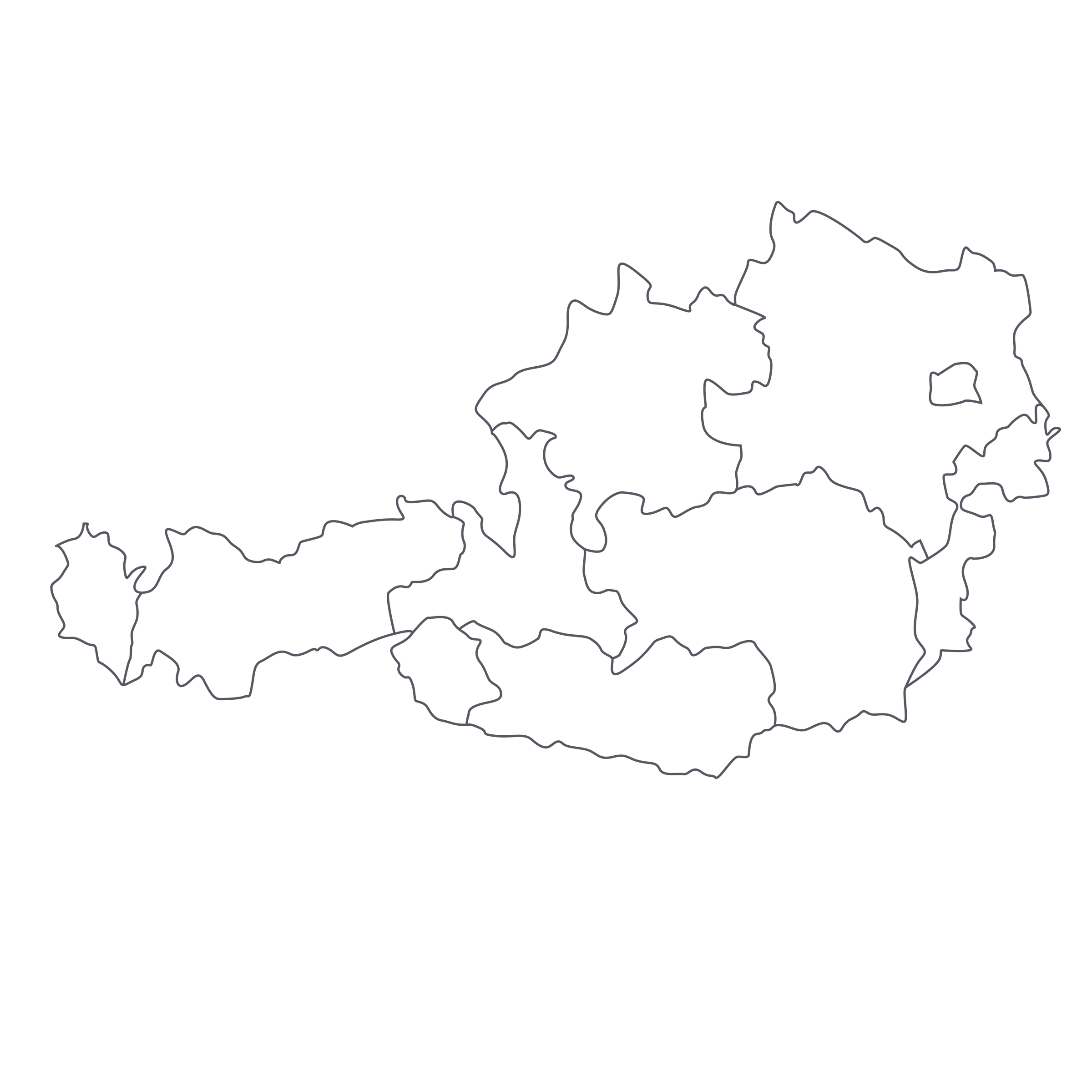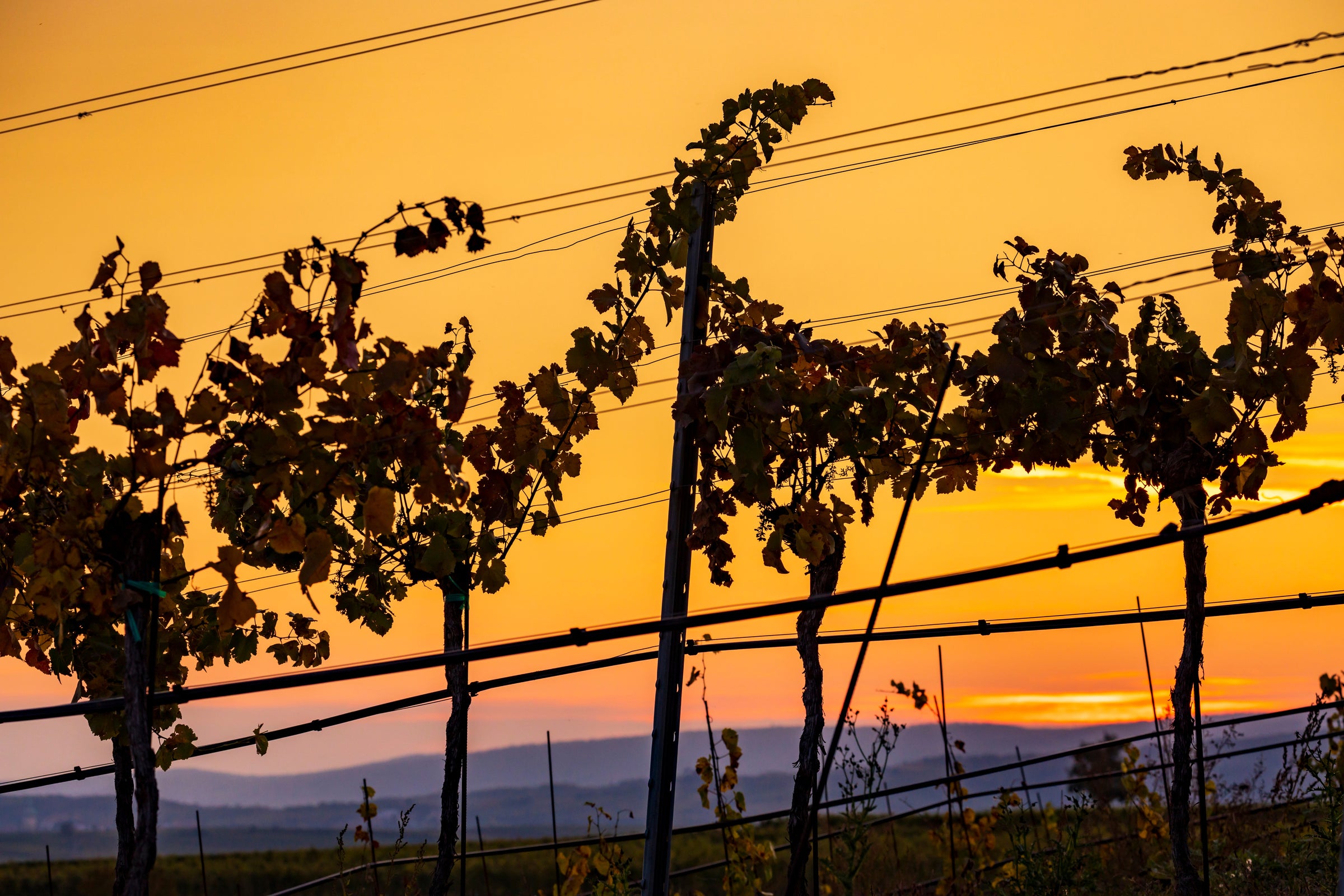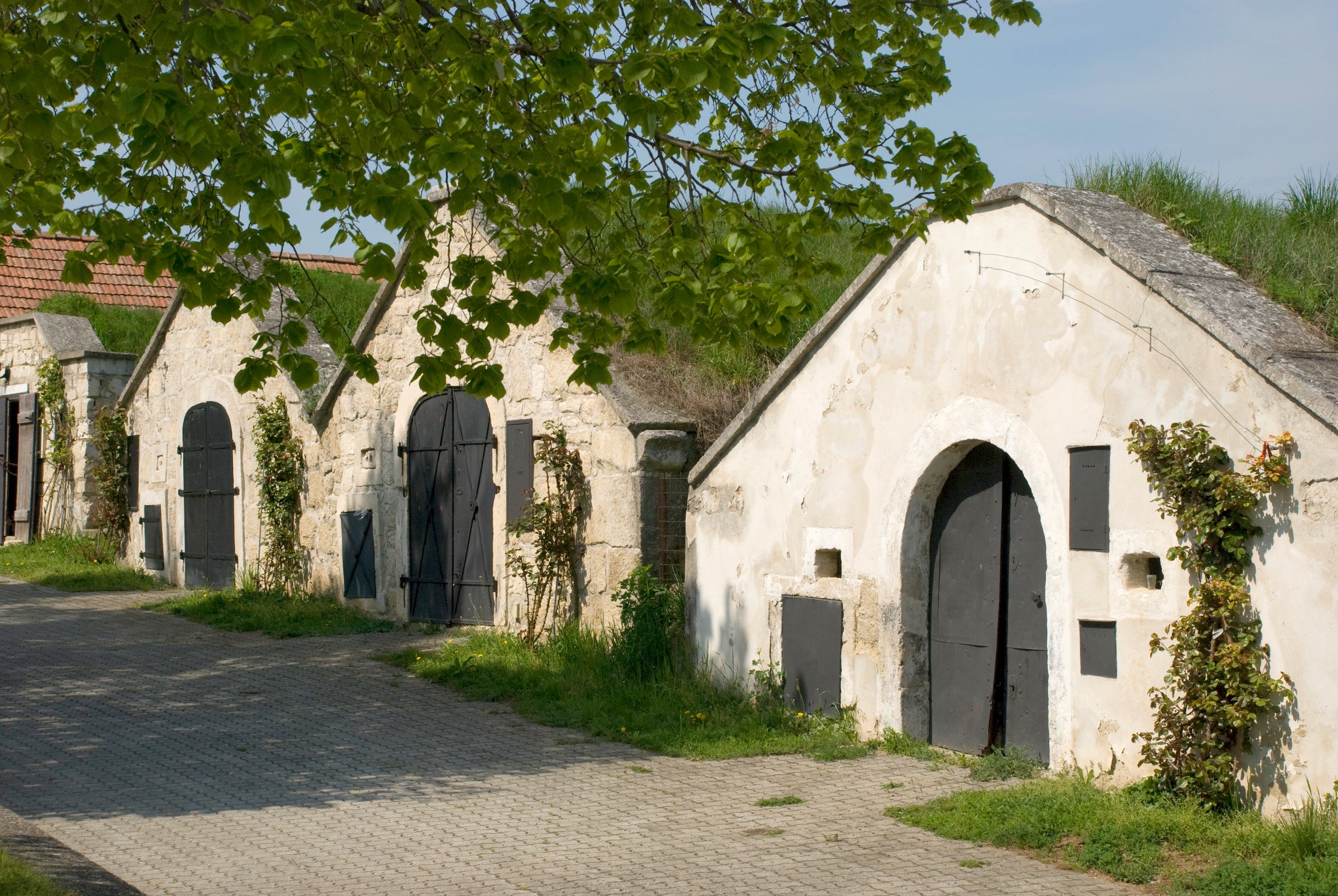As we are so fond of saying—and even fonder of experiencing firsthand—certain wines completely transcend their price point. The first question I ask myself when I taste a wine like Nikolaihof’s Grüner Veltliner “Zwickl” is, “How?” Mind you, it’s not “How did they make this?” but rather “How can they sell it so inexpensively?”
No doubt the estate’s ownership history plays a role—it has been in the Saahs family since 1894, so of course their fixed costs (land, equipment, etc.) are likely much lower than those of a newer property. But this is still a wine that reflects the added expense, and effort, of biodynamic farming. It comes from vineyards tended like backyard gardens, and frankly, I’d understand if it cost more. But for now, I’ll marvel at how much terroir expression and purity this 2015 Wachau Grüner Veltliner delivers for less than $30. Aged on its lees and bottled unfiltered, this is Grüner with an extra gear—a game-changing wine that combines the minerality and freshness the variety is famous for with some of the creamy concentration of a great Chablis. It’s a must-try for any white wine drinker.
Nikolaihof bills itself as the oldest wine estate in Austria, with a history dating to the Roman Empire. They also tout their status as very early adopters of biodynamics, having first begun to farm their vineyards this way in 1971. Their 22 hectares of vines are scattered around Mautern at the eastern end of the Wachau wine zone, in soils comprised mainly of the weathered primary rock known as loess, and they’ve been certified biodynamic by Demeter since 1998. The estate is run by Nikolaus Saahs Jr., who took over from his parents in 2005 and oversees a bio-diverse farm that also grows a wide assortment of herbs, fruits, and flowers.
The Austrian version of sur lie is hefeabzug (“yeast aged”), and Nikolaihof’s “Zwickl” is a hefeabzug wine that is bottled without filtration—meaning that you will see some yeast, or lees, sediment in the bottle, either in the form of a whitish deposit on the bottom or a blooming cloud in a bottle that has been agitated. As with other wines of the world that are aged in this manner—the Muscadets of the Loire Valley being a famous example—the lees (spent yeast cells) serve two main functions. Leaving the juice in contact with these spent yeasts contributes creamy texture and yeasty flavors to the wine, and the lees also act as an antioxidant/preservative by absorbing oxygen molecules in solution.
The stellar 2015 vintage gave Nikolaus Saahs lots of wine to work with for this bottling of “Zwickl,” which was fermented on indigenous yeasts in large, used Austrian oak vats and left to age
sur lie for an extended period before bottling. It’s a wine that comes with a few special serving instructions—either stand the bottle upright at least a few hours before serving and then pour gently when you do (to minimize cloudiness), or give the bottle a few gentle shakes and get the full effect in the yeast in suspension (note: you can barely see the suspended lees). It could be thought of as the wine version of a
hefeweizen, and offers up some similar sensations of creaminess on the nose and palate: In the glass, it’s a classic Grüner Veltliner straw-gold with green and silver reflections—along with, in this case, a little turbidity from the suspended yeast sediment. The nose is a cacophony of green apple, pear, white peach, citrus pith, lime blossom, raw turnip, lees, oyster shells, and wet stones. The palate is a fascinating mix of creamy richness and citrusy, mineral freshness with a delicate white pepper spice finish. A strong medium in body, it fills out with air and has an expansive feel on the palate—before buttoning up on the saline, savory finish. I once had the honor of visiting this historic estate a few years ago, and they have a restaurant with some of the greatest food I ever experienced in Austria (if you are ever in the area, take note). The whole experience of drinking “Zwickl” brought fond memories of sitting in the restaurant’s tree-lined courtyard, eating some of the classic
dishes of the region. They have an incredible cookbook I sadly do not own, but here is a close approximation of a meat dumpling course that they serve. The pairing will leave you wanting to jump on a plane. Serve it in all-purpose stems at 50-55 degrees and revel in harmony between the food and the
wein. It’s a special bottling that’ll leave a lasting memory with you as well. Don’t miss it!






